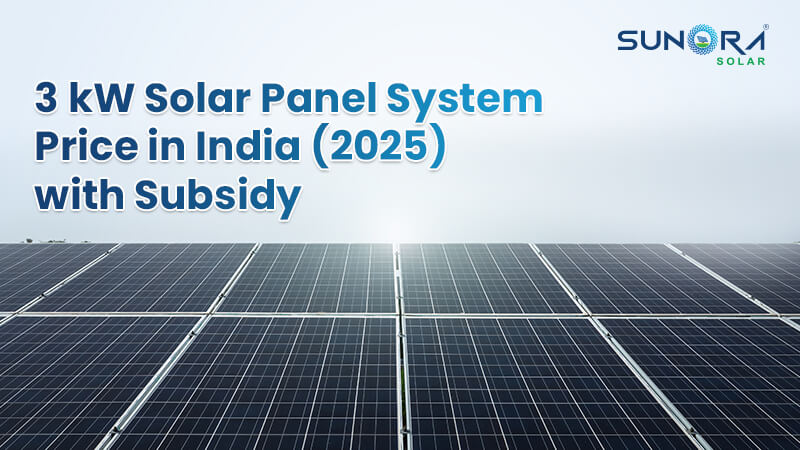Making the transition to solar power is an intelligent home investment for consumers seeking to minimize electricity costs and help create a more environmentally friendly world. Nonetheless, before changing, consider knowing how much money to spend and save. Use a Solar Calculator to approximate the figures and get a better view of your Solar Panel Cost and future Solar Energy Savings.
Understanding Solar Panel Costs
The Solar Installation Cost depends on various factors, including:
1. System Size and Energy Requirements
– The bigger the solar system, the greater the upfront cost.
– Your power usage dictates the number of solar panels you require.
2. Solar Panel Type and Efficiency
– More expensive panels are high-efficiency but produce more electricity.
– Monocrystalline panels are usually more costly than polycrystalline panels but perform better.
3. Labor and Installation Charges
– Professional installation fees are location- and system-complexity-dependent.
– Extra devices such as inverters and battery storage add to the Solar Panel Cost.
4. Incentives and Subsidies from the Government
– Most countries provide subsidies, tax credits, and incentives to lower Solar Installation Costs.
– A Solar Calculator may consider these incentives for a better cost estimate.
Calculating Solar Panel Savings
Investing in solar panels can result in substantial Solar Energy Savings in the long run. Here’s how you can calculate your savings:
1. Reduction in Electricity Bills
– Solar panels provide free electricity, lessening the reliance on grid electricity.
– The savings depend on system capacity, energy usage, and solar energy generation.
2. Net Metering Savings
– Net metering is provided by most utility companies, enabling homeowners to sell surplus electricity back to the grid.
– This further reduces the cost of electricity and boosts Solar Panel Savings.
3. Financial Returns in the Long Run
– The majority of solar panel systems recover themselves in 5-7 years.
– Post-break-even point, you benefit from free electricity for the lifetime of your panels (typically 25+ years).
4. Property Value Improvement
– Residential properties with solar panels tend to sell at increased prices because there are reduced costs of utilities to the future occupant.
Using a Solar Calculator
A Solar Calculator streamlines the process of approximating Solar Panel Costs and Solar Energy Savings. By providing information such as location, energy usage, panel type, and incentives available, homeowners can obtain an exact figure for:
– First, choose between Bill Amount or Monthly Electricity Units.
– Next, select your State.
– Then, choose the Category (home, commercial, or industrial).
Conclusion
Investing in solar energy is a great way to cut electricity costs and promote sustainability. With Sunora Solar, you can make informed decisions about system size, costs, and expected Solar Energy Savings using a Solar Calculator.
If you’re considering solar panels, start by calculating your potential benefits today with Sunora Solar – your trusted partner in renewable energy solutions!






